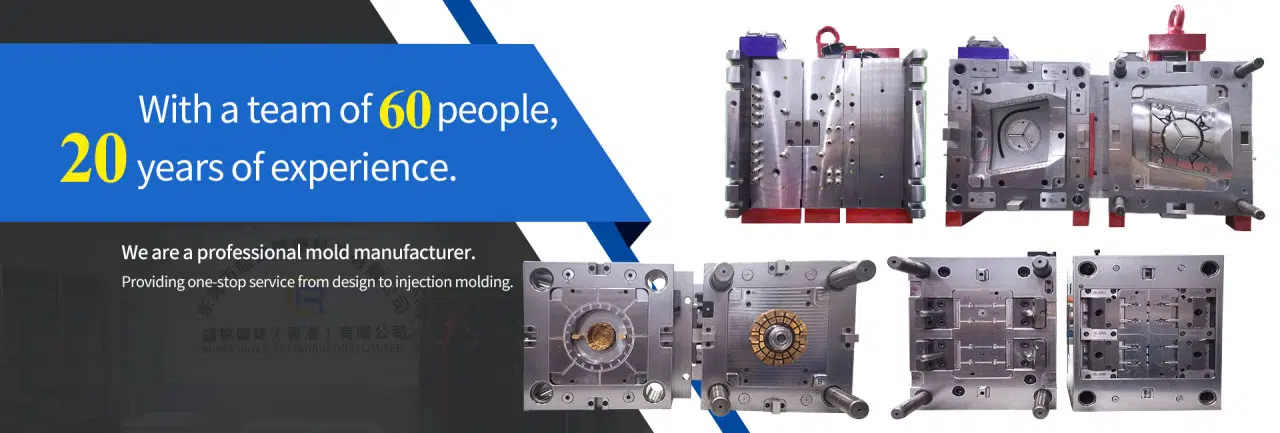
# Laser Cutting Technology: Precision and Efficiency in Modern Manufacturing
## Introduction to Laser Cutting
Laser cutting has revolutionized modern manufacturing with its unparalleled precision and efficiency. This advanced technology utilizes a high-powered laser beam to cut, engrave, or mark materials with exceptional accuracy. From delicate jewelry designs to heavy industrial components, laser cutting has become an indispensable tool across various industries.
## How Laser Cutting Works
The Science Behind the Process
At its core, laser cutting involves focusing a concentrated beam of light onto a material’s surface. The intense heat generated by the laser vaporizes, melts, or burns away the material along the predetermined cutting path. The process is controlled by computer numerical control (CNC) systems, ensuring precise execution of complex designs.
Types of Lasers Used
Different types of lasers are employed based on material requirements:
- CO2 lasers – Ideal for cutting, engraving, and boring non-metallic materials
- Fiber lasers – Excellent for cutting reflective metals with high precision
- Nd:YAG lasers – Used for both metal and non-metal applications
## Advantages of Laser Cutting Technology
Unmatched Precision
Laser cutting offers micron-level accuracy, allowing manufacturers to create intricate designs that would be impossible with traditional cutting methods. The narrow kerf width and minimal heat-affected zone preserve material integrity while achieving clean edges.
Enhanced Efficiency
The non-contact nature of laser cutting eliminates tool wear and reduces material waste. Automated systems can operate continuously with minimal supervision, significantly increasing production throughput compared to conventional methods.
Material Versatility
From paper-thin foils to thick metal plates, laser cutting handles an impressive range of materials including:
- Metals (steel, aluminum, titanium)
- Plastics (acrylic, polycarbonate)
- Wood and wood composites
- Glass and ceramics
- Textiles and leather
## Applications Across Industries
Industrial Manufacturing
In heavy industries, laser cutting produces precision components for automotive, aerospace, and machinery sectors. The technology enables rapid prototyping and mass production of complex parts with consistent quality.
Medical Device Production
The medical field benefits from laser-cut surgical instruments, implants, and diagnostic equipment where absolute precision is critical for patient safety and treatment effectiveness.
Consumer Products
From smartphone components to decorative home items, laser cutting contributes to the production of countless everyday products with its ability to create intricate patterns and precise fittings.
## Future Developments in Laser Cutting
Emerging technologies promise to further enhance laser cutting capabilities. Advances in ultrafast lasers, adaptive optics, and AI-driven process optimization are pushing the boundaries of what’s possible. The integration of IoT for predictive maintenance and real-time quality control is transforming laser cutting systems into smart manufacturing solutions.
As environmental concerns grow, the industry is also developing more energy-efficient lasers and exploring ways to minimize the carbon footprint of laser cutting operations without compromising performance.
## Conclusion
Keyword: Laser Cutting
Laser cutting technology continues to redefine manufacturing standards with its combination of precision, speed, and versatility. As the technology evolves, it will undoubtedly unlock new possibilities across industries, driving innovation and efficiency in production processes worldwide. Manufacturers who embrace these advancements will gain significant competitive advantages in an increasingly demanding market.